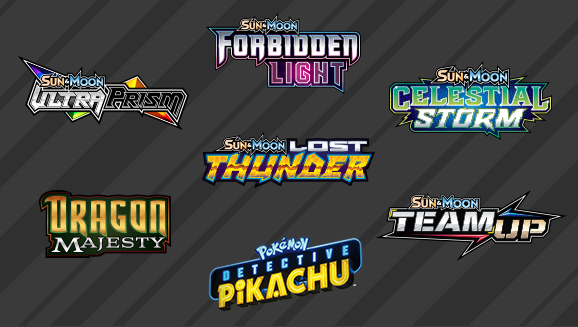Hello everyone! This is Elena from Gaia Storm TCG and welcome to the analysis of what are the very last moments of the Cosmic Eclipse format. After so long, it feels just write to make a recap of the previous months, especially now that Sword and Shield is here to start shaking things up. We will be taking a look both at results from Bochum and Sao Paulo Regionals and the interesting builds that players piloted to victory. Let’s start!
From Worlds 2019 to the very last day of the format, there has been a continuous dominance of Welder-centric decks given the consistency and the power of its attackers. Mewtwo and Reshiram were the primary targets for using Welder but as the format consolidated around Tag Teams, mini Blace (the non GX version of the card) started to see increasing success because of its capacity to one shot big attackers in just one hit. Actually, if the Tag Team cards were not so ridiculously overpowered and other non GX decks saw play, Blacephalon would have probably struggled much more. But as stall and Malamar spread decks seem to be on decline, no wonder that Blace is now one of the biggest threats. In fact, popular strategies like Mewtwo or ADP only have the option of finding their Reset Stamp copies and pray when going against. Currently, Blacephalon can be played in two ways: either pairing it with Pidgeotto or with Green. The later might be a more challenging build but it was the version that ended up winning in Bochum piloted by Stephane Ivanoff
Mewtwo is probably one of the decks that has been played with more frequency in the last 6 months because of its consistency and versatility. It is very interesting to see that a not so popular version of the deck got to the second place of Sao Paulo: Mewtwo Malamar. Now, I am not sure if this is a Mewtwo deck or rather a variant of Malamar. The idea of the build is to use the ability of Mewtwo, combine it with the energy recycling power of Malamar and copy powerful GX attacks like Gengar Mimikyu or Trevenant Dusknoir. Certainly, a deadly combination when set up.
As it was expected, ADP had an important role in both tournaments, in spite of the speed of other contenders. With the time, ADP versions started diversifying their attackers’ pools and as a result, the Green version evolved into an ADP Birds (with Moltres, Zapdos & Articuno GX) and the Jirachi variants included cards like Nintelales or Cryogonal to counter the meta. And you know, this archetype will only continue to get better. Sword & Shield will give it a great new friend (Zacian V); a new supporter rule which benefits playing it and even energy acceleration.
And lastly, we’d like to finish this article talking about an old friend: Pikachu & Zekrom GX. Although players played this lighting deck enthusiastically during the first months of the last year (especially thanks to all the support that Team Up brought), since UNB format there had been a notorious gap between Pikarom and the Welder decks, more aggressive and faster. That’s why, Pikarom had to reinvent itself to survive in environments where we might have thought that its performance would be poor. However, the fact that Cosmic Eclipse seemed to decelerate a bit the game and the Tag Call engine have opened a world of possibilities for Pikachu Zekrom, which have been topping consistently in the past weeks.
Pikachu Zekrom will only get more consistent and powerful with the advent of Sword and Shield but so will the rest of the strategies. I am very excited to see the impact of cards such as Professor Magnolia, Evolution Incense and Quick Ball. Thanks for reading!


